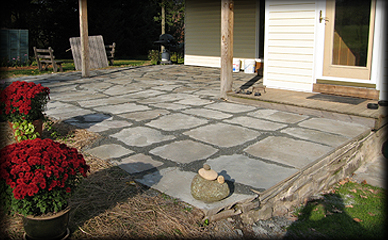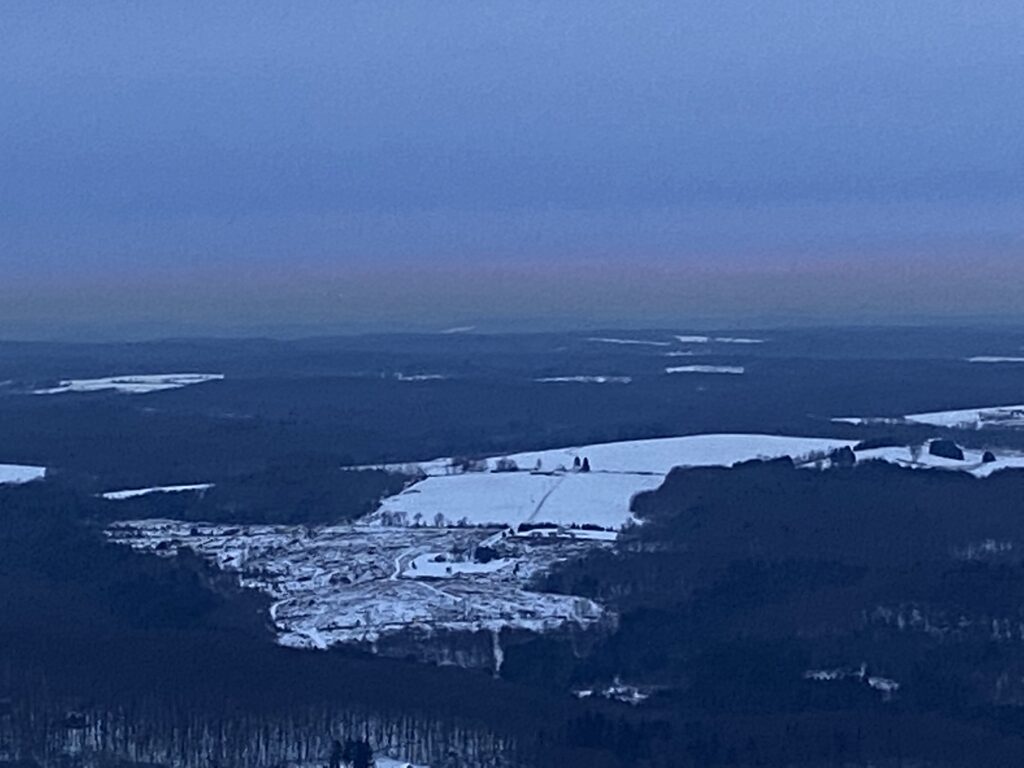Stone

Stony Mountains
Maybe nothing so defines the character of this area as stone. Look up, and you’ll see Elk Mountain – the biggest chunk of it around. Scratch a few inches of soil in the yard to plant a flower, or leave your mower deck a little too low, and you’ll find it.
Not until working with stone, to stack it for a wall, or arrange it for a patio, will one gain a deeper understanding of it’s nature. The uninitiated might think that stone work is monotonous and physically demanding, and they would not be incorrect.
After completing a stone project, one understands that successfully working with simple stone requires deep mental focus: one must keep a mental inventory of available stones, be able to visualize each stone’s shape, how the shape changes if the stone is turned over, how the stone will fit with it’s already placed neighbors.
Stone is intolerant of rationalization: “There is no such thing as a half-finished stone wall – either you have a stone wall, or you have a pile of rocks”.
Stone, with unfeeling ambivalence, accurately acquaints us with our strengths and limitations: how many stone shapes can one keep in mind, how heavy a stone can one lift, how long can one work with stone before rest or food.
A completed patio gives paws and boots a chance to scuff off mud, keeping the house cleaner.
A completed wall defines boundaries: where yard ends and flower beds start, makes “good neighbors”.
A project working simple stone rewards us by revealing it’s nature, and ours.


